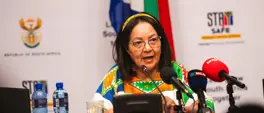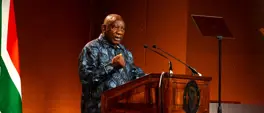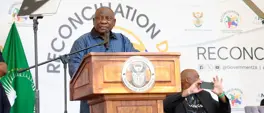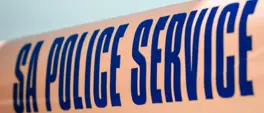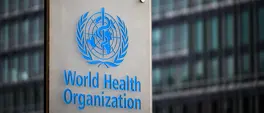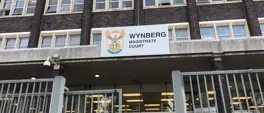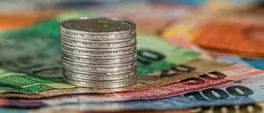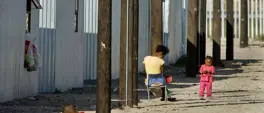Godongwana assures that Treasury on track to consolidate public debt
Nokukhanya Mntambo
12 March 2025 | 15:00The country’s failure to live within its means continues to bite government, as the National Treasury estimates public debt to hit an all-time high of 76% of GDP in the 2025/26 fiscal year.
JOHANNESBURG - The country’s failure to live within its means continues to bite government, as the National Treasury estimates public debt to hit an all-time high of 76% of GDP in the 2025/26 fiscal year.
This is a slight revision from the previous 75% of GDP.
Despite optimism about debt stabilising in the upcoming fiscal year, South Africa’s gross debt to GDP ratio is still triple what it was 16 years ago, when it was about 23% of GDP.
Finance Minister Enoch Godongwa tabled the revised 2025 budget at the National Assembly on Wednesday, where he made reassurances that fiscal discipline remained top of the agenda and that Treasury was on track to consolidate public debt.
ALSO READ:
• FULL SPEECH: The 2025 Budget Speech
• Godongwana tables 2025 budget, gives reality check on underperforming economy
• SRD grant extended for another year; old age, foster care grants increase
• Godongwana hikes excise duties on alcohol & tobacco products
• Budget includes additional spending on SANDF to continue DRC deployment, G20 Summit security
• Govt allocates R1.7bn to address potential disasters over next 3 years
• Treasury allocates R46.7bn for critical infrastructure projects
• Finance Minister Godongwana apologises to South Africans for Budget Speech postponement
This year, government projects a budget primary surplus of 0.5 percent of GDP, which will increase to 0.9% in 2025/26.
Thanks to this, public debt is set to stabilise at a high of 76% of GDP.
But debt-servicing costs continue to crowd out spending on healthcare, basic education and policing and have also constrained the ability to lift growth that has averaged less than 1% annually over the past decade.
Currently, for every rand in reveue, 22 cents is spent on debt servicing costs.
In terms of expenditure for 2025/26, debt servicing costs will amount to almost R423 billion, almost double what is allocated for health and triple what is set aside for the police force.
Faced with lower than desired revenue and runaway spending over the years, government has often turned to external institutions to borrow to account for the fiscal deficit.
Despite criticism about the high cost of debt, Godongwana has made some reassurances about the country’s fiscal position.
"We must reverse this trend and prevent the cost of debt from taking away resources that could otherwise be spent on our pressing social needs or to invest in growth. In this regard, our fiscal strategy stabilises debt service costs as a percentage of revenue in 2024/25 by maintaining a primary budget surplus."
The cost of servicing South Africa’s government debt is significantly higher than in peer countries.
The country’s finance minister and International Relations Minister Ronald Lamola have vowed to use their G20 presidency to lobby for debt restructuring for SA and emerging economies in the global south, who pay more for debt from global financial institutions because of their perceived higher risk premium.
Get the whole picture 💡
Take a look at the topic timeline for all related articles.
